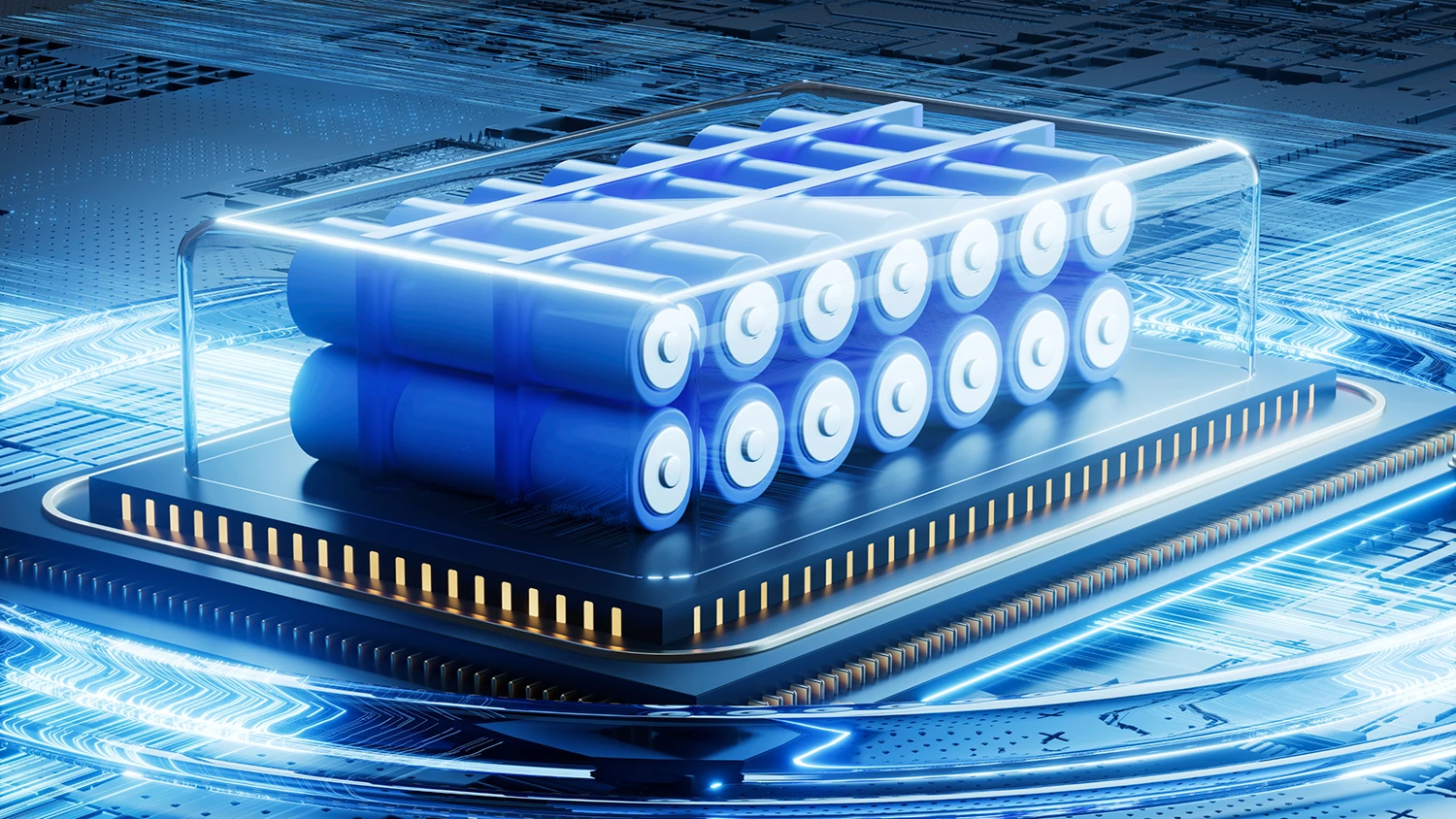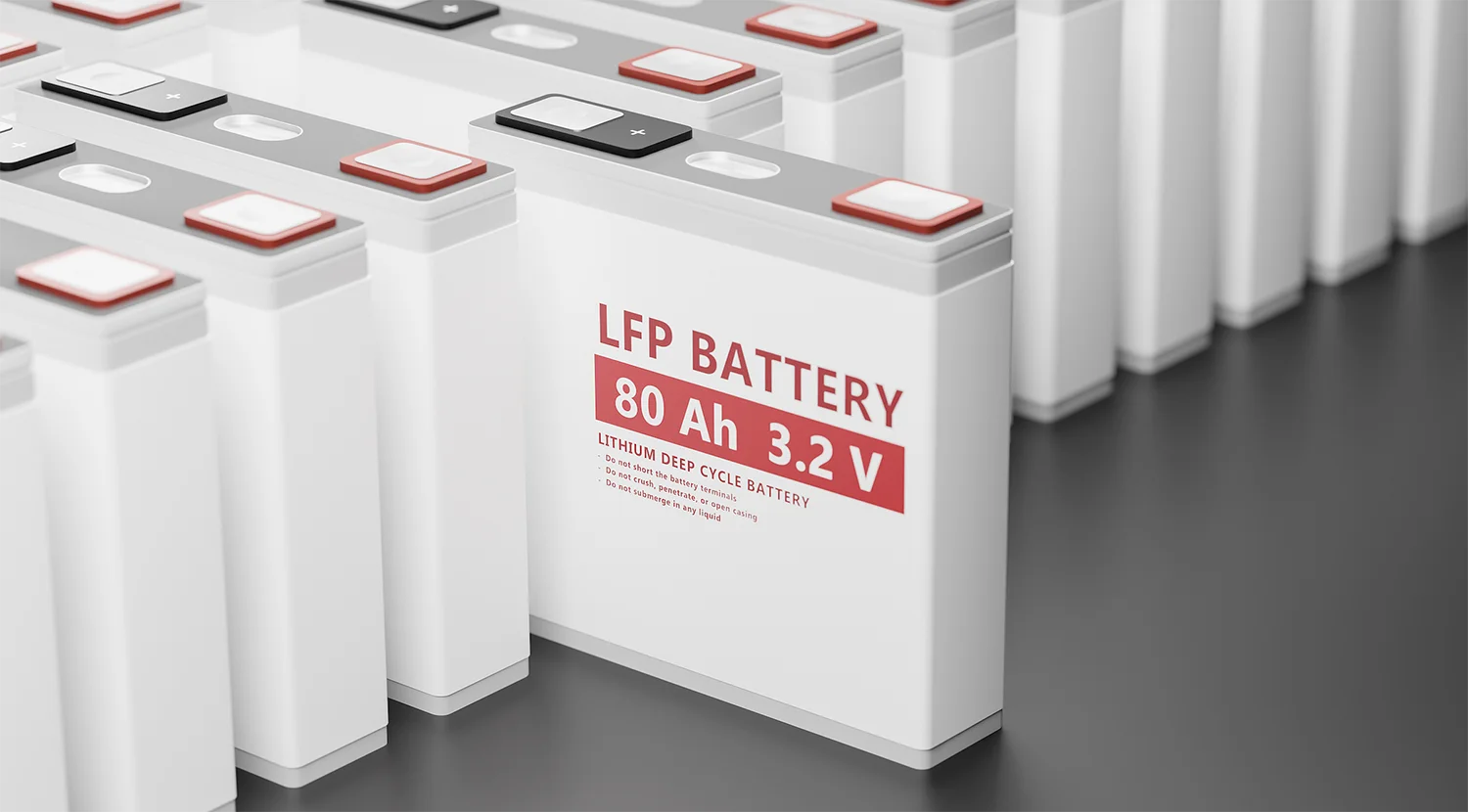The battery is an indispensable energy storage device in modern technology. There are many types and extensive uses. According to different classification methods, batteries can be divided into multiple types.

Disposable battery
According to the charging method of the battery, the battery can be divided into disposable batteries and repeated rechargeable batteries. Disposable batteries, also known as primary batteries, are batteries that cannot be recharged and recycled. Such as common carbon batteries, alkaline batteries, paste zinc-manganese batteries, cardboard zinc-manganese batteries, alkaline zinc-manganese batteries, button batteries (button zinc-silver batteries, button lithium-manganese batteries, button zinc-manganese batteries), zinc-air batteries, once a lithium-manganese batteries, etc., mercury batteries.
1.carbon battery
Carbon battery full name: neutral zinc-manganese dioxide dry battery (zinc-manganese dry battery), belongs to the chemical power supply in the primary battery, is a disposable battery.
Because the electrolyte of this chemical power device is a kind of paste that cannot flow, so it is also called dry battery, which is relative to the battery with flowable electrolyte. Carbon batteries are not only suitable for flashlights, semiconductor radios, recorders, cameras, electronic clocks, toys, etc., but also for national defense, scientific research, telecommunications, navigation, aviation, medicine and other areas of the national economy. Carbon batteries are mainly used for low-drain appliances, such as clocks, wireless mice, etc. Large-drain appliances should use alkaline batteries, such as cameras, some cameras can not hold up with alkaline, then you need to use nickel-metal hydride.
https://baike.baidu.com/item/%E7%A2%B3%E6%80%A7%E7%94%B5%E6%B1%A0/2582914?fr=ge_ala
2.alkaline storage battery
Alkaline battery, i.e. a kind of battery whose electrolyte is alkaline solution.
https://baike.baidu.com/item/%E7%A2%B1%E6%80%A7%E8%93%84%E7%94%B5%E6%B1%A0/8216878?fr=ge_ala
Alkaline batteries are characterized by small size, high mechanical strength, smooth working voltage, high current discharge, long service life and portability. Sodium hydroxide, potassium hydroxide solution for dielectric batteries. Generally used in communications, electronic computers, small power electronic instruments for DC power supply; also applies to variable, power distribution relay protection, circuit breaker switching and signaling circuit DC power supply.
3.zinc-manganese battery
The electrolyte solution is usually made into a gel or absorbed on a carrier such as an isolation layer, which is in a non-flowing state, so it is also called a dry cell. Zinc – manganese battery is the oldest primary battery, is the leading product of civilian battery.
https://baike.baidu.com/item/%E9%94%8C%E2%80%93%E9%94%B0%E7%94%B5%E6%B1%A0/55475344?fr=ge_ala
4.button cell
Button cell (button cell), also known as button battery, refers to the size of the shape of a small button like a battery, generally speaking, the diameter is larger, the thickness is thinner (as opposed to cylindrical batteries, such as AA batteries on the market, such as No. 5). Button cell is from the shape of the battery to the battery to points, the same corresponding battery classification are cylindrical batteries, square batteries, shaped batteries.
https://baike.baidu.com/item/%E7%BA%BD%E6%89%A3%E7%94%B5%E6%B1%A0/681847?fr=ge_ala
Rechargeable batteries

In contrast, rechargeable batteries, such as nickel-metal hydride batteries and lithium-ion batteries, can be recharged for repeated use. Such as secondary alkaline zinc-manganese batteries, nickel-cadmium rechargeable batteries, nickel-metal hydride rechargeable batteries, lithium rechargeable batteries, lead-acid batteries, solar cells. Lead-acid batteries can be divided into: open lead-acid batteries, fully sealed lead-acid batteries.
1.lead-acid battery
The history of lead-acid batteries can be traced back to 1859, and the technology is the most mature and inexpensive. However, due to the low specific energy of lead-acid batteries, the range is limited, difficult to meet the needs of long-distance driving, and at the same time, its manufacturing costs a lot of heavy metal elements, preparation and recycling process is prone to serious pollution, it is difficult to satisfy today’s society for the pursuit of environmentally friendly products, so at present the lead-acid battery is mainly used for short-distance driving in the field of public transportation, such as tourist buses and so on.
2.nickel-metal hydride battery
Nickel-cadmium battery is a kind of DC power supply battery, nickel-cadmium battery can repeat more than 500 times of charging and discharging, economical and durable. Its internal resistance is small, both internal resistance is very small, it can be charged quickly, and it can provide large current for the load, and the voltage change is very small when discharging, it is a very ideal DC power supply battery.
Nickel-metal hydride batteries are synthesized by hydrogen ions and nickel metal, the power reserve than nickel-cadmium batteries 30% more than nickel-cadmium batteries, lighter than nickel-cadmium batteries, longer service life, and no pollution of the environment, but the price of nickel-cadmium batteries than a lot more expensive.
3.lithium ion battery
Lithium-ion batteries are the most widely used and favored by research and development institutions and automobile manufacturers, and have become the focus of attention in various industries due to their low self-discharge rate, high specific energy and other advantages. At present, the common lithium-ion batteries are lithium iron phosphate, lithium ternary battery, lithium cobalt battery, lithium manganate battery and so on.
Lithium iron phosphate battery is a kind of lithium ion battery using lithium iron phosphate (LiFePO4) as the positive material and carbon as the negative material, with a single rated voltage of 3.2 V, and a charging cut-off voltage of 3.6 V~3.65 V. Lithium iron phosphate battery has the advantages of high operating voltage, long cycle life, good safety performance, small self-discharge rate, and no memory effect, but with a lower energy density.
Ternary lithium batteries can also be called ternary polymer lithium batteries, the battery’s cathode material is lithium nickel cobalt manganese acid or lithium nickel cobalt aluminate. Ternary lithium-ion batteries are characterized by high energy density and higher voltage, so the same weight of the battery pack battery capacity is larger, low-temperature resistance, better cycling performance, but the thermal stability is poor.
4.fuel cell
Fuel cell is a chemical device that directly converts the chemical energy possessed by fuel into electrical energy, also known as electrochemical generator. It is the fourth power generation technology after hydroelectric power, thermal power and atomic power. Since the fuel cell converts the Gibbs free energy part of the chemical energy of the fuel into electric energy through electrochemical reaction, it is not limited by the Carnot cycle effect, so the efficiency is high; in addition, the fuel cell uses fuel and oxygen as raw materials, and there are no mechanical transmission parts, so it emits very little harmful gases, and has a long service life. Therefore, from the point of view of saving energy and protecting ecological environment, fuel cell is the most promising power generation technology.
summarize
According to the different cathode materials of batteries, batteries can be categorized into lead-acid batteries, nickel-cadmium batteries, nickel-metal hydride batteries, lithium-manganese batteries and so on. Lead-acid batteries are the commonly used type of batteries in electric vehicles nowadays because they have high range and good cycle life. Nickel-cadmium and nickel-metal hydride batteries, on the other hand, have been gradually phased out due to environmental concerns, but they have been the dominant rechargeable battery types in the past decades. Lithium-manganese batteries are a battery type with high voltage and long life for a variety of electronic devices.
In addition, based on their use, batteries can be categorized into mobile power batteries, power batteries, and energy storage batteries. Mobile power batteries are mainly used to provide temporary or short-term use of electricity for portable electronic devices, such as cell phones and tablet computers. Power batteries are mainly used to drive vehicles, such as electric cars, hybrid cars and so on. Energy storage batteries, on the other hand, are used to store and supply renewable energy sources, such as solar and wind energy.
Finally, according to the working principle of batteries, batteries can also be categorized into fuel cells, alkaline batteries, acid batteries and so on. Fuel cell is a device that converts the chemical energy of fuel directly into electrical energy without going through the combustion process, thus emitting very little harmful substances. Alkaline and acid batteries, on the other hand, generate current through a chemical reaction and have a large change in voltage when discharged.



